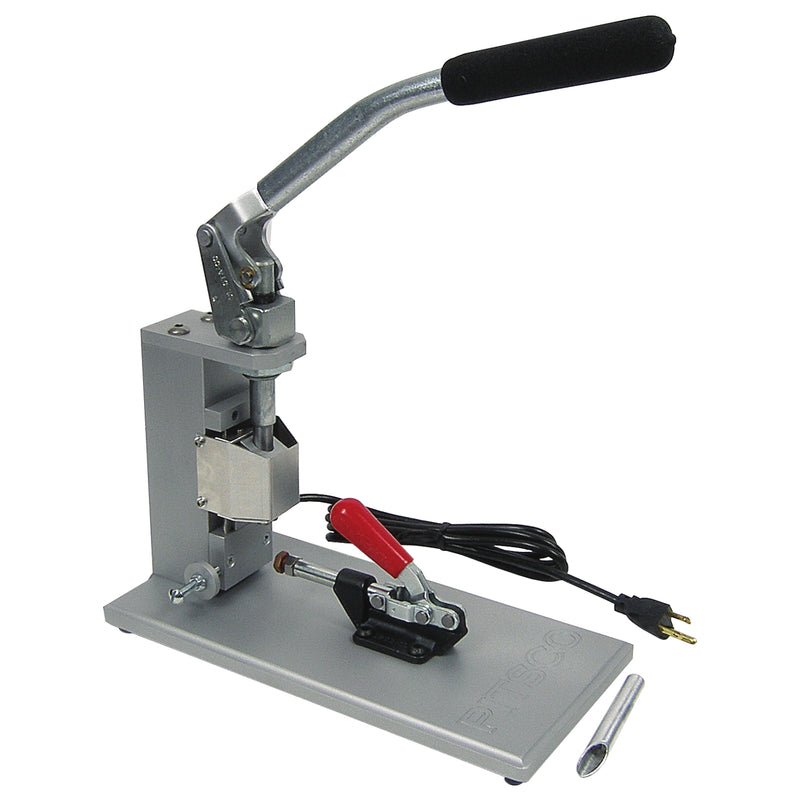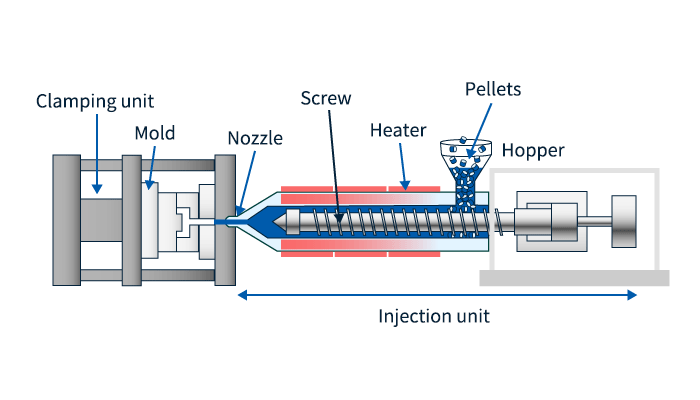The Duty of Plastic Injection Molding in Developing Cost-efficient Industrial Components
The Duty of Plastic Injection Molding in Developing Cost-efficient Industrial Components
Blog Article
Recognizing the Basics of Plastic Shot Molding Procedures
Plastic injection molding offers as a keystone of modern manufacturing, giving a systematic technique to producing complex parts with accuracy. Exploring these important elements can expose how even small modifications can lead to significant renovations in manufacturing results, raising inquiries regarding the potential for technology in this well established process.
What Is Plastic Shot Molding?
Plastic injection molding is a commonly utilized production procedure that transforms thermosetting and thermoplastic materials right into specific and complex shapes. This strategy is favored for its ability to generate high quantities of identical components with phenomenal precision, making it an important technique in different sectors, including auto, consumer products, and clinical tools.
The process includes thawing the picked plastic material and injecting it into a mold and mildew under high stress. The mold and mildew, developed to the specs of the wanted component, allows the molten plastic to form as it cools down and strengthens. As soon as the material has hardened, the mold and mildew is opened, and the completed component is expelled.
Plastic shot molding offers numerous benefits, including lowered waste, consistency in production, and the ability to include detailed designs that may be challenging with other manufacturing techniques. Furthermore, it supports a wide variety of materials, each providing distinct buildings that can be customized for particular applications. As industries remain to innovate, plastic injection molding continues to be at the center, making it possible for the growth of innovative items that satisfy progressing customer demands.
The Injection Molding Refine
The shot molding procedure is an innovative method that includes a number of essential stages to generate high-grade plastic parts. Originally, plastic pellets are fed right into a heated barrel where they are merged a thick liquid. This molten plastic is then infused under high pressure into a precision-engineered mold, which forms the material right into the wanted kind.
As soon as the mold and mildew is filled up, the plastic is allowed to cool down and solidify, taking the shape of the mold tooth cavity. Cooling time is essential, as it affects the cycle time and the last buildings of the molded component. After adequate cooling, the mold and mildew opens, and the ended up component is expelled using ejector pins.

Products Made Use Of in Shot Molding
Different products can be used in the injection molding process, each offering distinct residential properties that provide to details applications. One of the most generally made use of products include thermoplastics, thermosetting plastics, and elastomers.

Thermosetting plastics, like epoxy and phenolic materials, undertake a chemical modification throughout the healing process, leading to an inflexible, inflexible structure. These products are ideal for applications needing high warmth resistance and structural integrity, commonly made use of in electrical insulators and automobile parts.
Elastomers, consisting of silicone and rubber-based materials, supply adaptability and resilience. Their unique properties make them ideal for applications that demand flexibility, such as gaskets and seals.
Furthermore, specialized products like bio-based plastics and composites are obtaining grip for their environmental benefits and enhanced performance qualities, expanding the range of shot molding applications in numerous sectors. Recognizing the visit residential or commercial properties of these materials is important for choosing the proper kind for certain tasks.
Benefits of Shot Molding
Injection molding stands apart as an extremely effective manufacturing process that offers countless benefits for creating complicated get rid of precision. Among one of the most considerable benefits is the ability to create detailed styles that would be challenging or difficult to achieve with various other techniques (Plastic Injection Molding). The process allows for in-depth features and limited tolerances, guaranteeing top notch elements
In addition, shot molding is recognized for its fast manufacturing capacities, making it a perfect option for high-volume production. As soon as the mold is created, components can be produced promptly, minimizing lead times and raising general productivity. This performance not only decreases production prices however also supplies an one-upmanship on the market.
The versatility of products used in shot molding further improves its appeal. A vast range of thermoplastics and thermosetting polymers can be used, allowing makers to select materials that ideal meet their certain requirements, including toughness, heat, and versatility resistance.
Moreover, the process minimizes waste, as excess product can frequently be reused and reused. This sustainability element contributes to a minimized environmental influence, making injection molding a liable manufacturing choice. Generally, the advantages of injection molding make it a preferred technique for lots of sectors.
Factors Affecting Product High Quality
While many variables can affect item quality in injection molding, understanding these elements is essential for attaining optimum outcomes. Trick facets consist of product choice, refining specifications, and mold style.
Material selection plays a vital role, as different polymers show unique residential properties that influence flowability, toughness, and thermal security. Insufficient material read what he said selection can lead to defects such as bending or insufficient dental filling.
Processing parameters, including cycle, pressure, and temperature level time, have to be diligently managed. Variants in these settings can result in disparities partly measurements and surface finish. As an example, excessively heats might trigger degradation of the polymer, while inadequate stress can lead to short shots.
Mold design is equally essential, as it identifies the circulation of the molten plastic and the cooling process. Poorly created molds might result in irregular cooling prices, resulting in dimensional mistakes and recurring tensions.

Final Thought
Finally, plastic injection molding acts as an important manufacturing process that makes it possible for the efficient production of premium components. Proficiency of the shot molding process, consisting of the understanding of materials and the influence of various aspects on item high quality, is necessary for attaining ideal outcomes. The advantages of this technique, such as cost-effectiveness and layout versatility, additional emphasize its relevance across numerous markets, solidifying its standing as a recommended choice for high-volume production.
Plastic injection molding offers as a cornerstone of modern-day manufacturing, providing a methodical method to generating complex parts with precision.Plastic shot molding offers a number of benefits, consisting of lowered waste, uniformity in production, and the capability to include complex designs that might be testing with other manufacturing approaches (Plastic Injection Molding). As industries proceed to innovate, plastic shot molding remains at the leading edge, enabling the growth of advanced products that satisfy developing customer demands
The shot molding procedure is content an advanced strategy that involves numerous key phases to generate top notch plastic components.In final thought, plastic shot molding serves as an important manufacturing process that makes it possible for the efficient manufacturing of high-quality elements.
Report this page